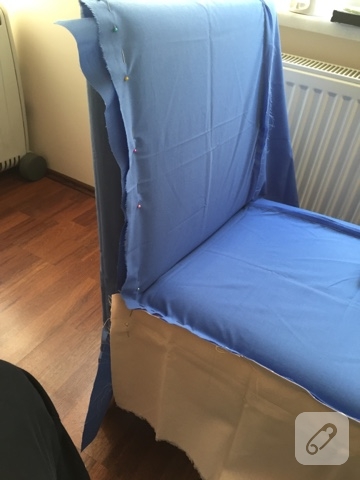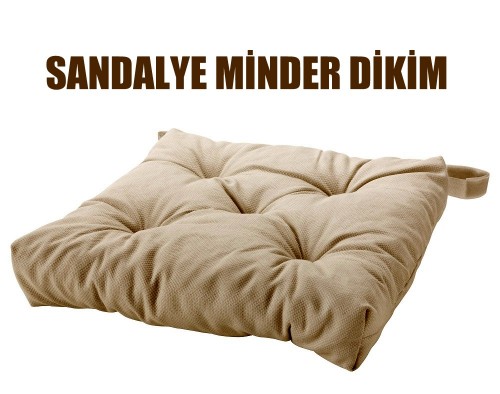
İKRAM LASTİKLİ HALI & ÖRTÜLERİ | Lacos kumaş koltuk örtümüz sandalye kılıfı koltuk örtüsü yastık kılıfı dikimi yapılmaktadır detaylı bilgi ve fiyat için... | Instagram

DESİGN BY HASRET: NERDEN BAŞLASAM? ( SANDALYE KILIFI DİKİMİ ) | Sandalye örtüsü, Döşemelik kumaşlar, Sandalye

HuaLiSiJi Tabure kılıfı yuvarlak oturma taburesi kılıf streç tabure yuvarlak kılıf yuvarlak sandalye kılıfı koruyucu yıkanabilir yuvarlak döner tabure koruyucu kılıf (beyaz) : Amazon.com.tr: Ev ve Yaşam




















